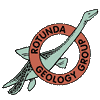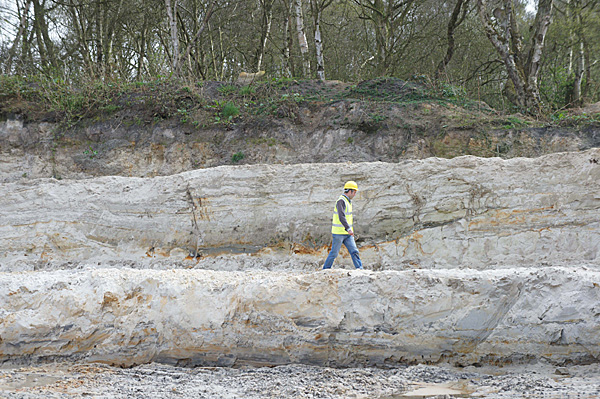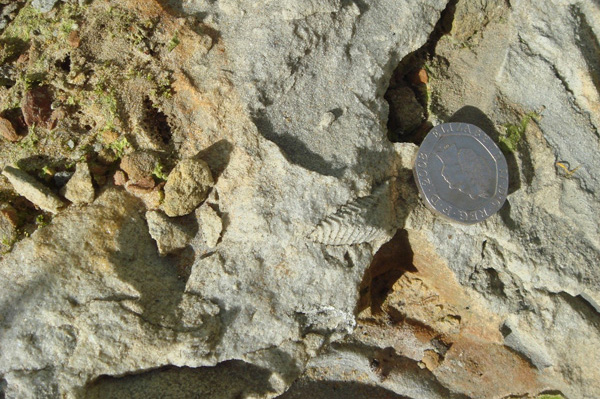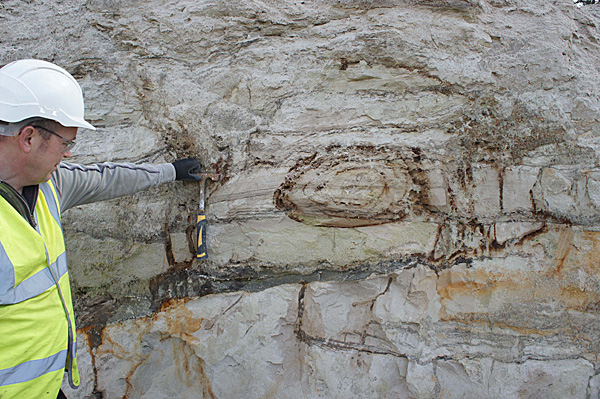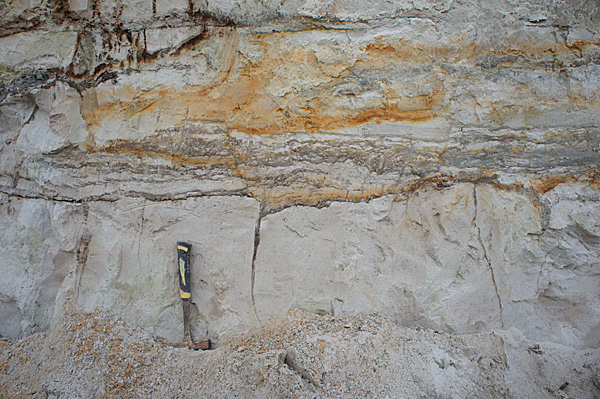The Osgodby Formation (Callovian, Middle Jurassic) At Burythorpe Quarry, Malton, North Yorkshire; Tidally Influenced Sedimentation On The Northern Margin Of The Market Weighton High.
John Powell (British Geological Survey, Keyworth), Peter Rawson (University of Hull and University College London), Jon Ford (British Geological Survey, Keyworth), James Riding (British Geological Survey, Keyworth) and Simon Broad (Yorkshire Mineral Company, Burythorpe, Malton).
The lithostratigraphical unit ‘Kellaways Rock’ (also termed ‘Kelloway Rock’) was used by William Smith in 1829 to encompass the iron-rich sandstones of Callovian age between the ‘Cornbrash’ and the ‘Oxford Clay’. In the Cleveland Basin, Smith also defined the overlying, harder Hackness Rock, at the type section near Hackness Grange where Smith worked and was resident (1828-34). Following subsequent revisions these Callovian sandstones in North Yorkshire are now termed the Osgodby Formation (subdivided into three members in upward sequence: Red Cliff Rock, Langdale and Hackness Rock). The Osgodby Formation is generally characterised by yellow-weathering, highly bioturbated, generally cross-bedded, fine- to medium-grained, sandstone commonly with framboidal pyrite or berthierene ooids and a ferruginous cement; ammonites, belemnites and bivalves are common at many levels, especially in the Hackness Rock Member. This ‘typical’ succession can be traced throughout much of the Cleveland Basin, but at the southern margin of the basin, an unusual lithofacies is exposed in a faulted block at Burythorpe Quarry [SE 785 658] south of Malton.
Burythorpe Quarry exposes a white, high purity, poorly cemented, uniformly fine-grained, orthoquarzite that is currently worked for resin-coated moulding sand. Because it occurs in a faulted block its position in the local Jurassic/Cretaceous sequence remained uncertain until paynomorphs and ammonites of Callovian age were found recently. Thus, in this area the Callovian succession more closely resembles the Kellaways Formation (generally a poorly consolidated sandstone) proved nearby in the BGS Brown Moor Borehole [SE 8126 6203] and also in the Humber boreholes located to the south of the Market Weighton High.
In this talk we describe this unusual lithofacies and its palaeogeographical setting. The white sand appears generally structureless due to its uniform grain size, the general absence of interstitial cement, ferruginous or clay intraclasts, shelly bioclasts and bioturbation. However, recent fieldwork at Burythorpe Quarry has revealed low-angle, laterally accreted channels (Fig. 1) occasionally lined with thin clay lamina; the latter have yielded palynomorphs (dinoflagellates) typical of a marine to low-salinity environment. Large calcareous concretions (up to 4 m diameter) are present and, although these are generally unfossiliferous, rare ammonites (Proplanulites; Pseudocadoceras (Fig. 2) and Cadoceras?) have been identified. Bivalve and wood fragments occur at the base of locally scoured erosional channels, which are interpreted as storm-derived lag deposits. The ammonites indicate good correlation with the type Callovian Osgodby Formation section exposed at Red Cliff, Cayton Bay. Incipient concretions (Fig.3) that preserve concentric concretionary fronts and primary sedimentary lamina indicate that they formed during late diagenesis whereby carbonate ions migrated to concretion centres; the concentration of carbonate ions may account for the general absence of cement in the surrounding sand (stone). Another feature of the quarry is the presence of microfaults (Fig. 4) with downward intrusion of clay wedges derived from the original clay lamina; microfaulting indicating early compaction within the channels. Research is ongoing, but the current interpretation of this atypical lithofacies of the Osgodby Formation suggests that it was deposited in a tidally influenced, shallow estuarine to shallow marine embayment located on the southern margin of the Cleveland Basin, to the north of the Market Weighton High, an area that received little iron-rich terrigenous input from the hinterland, in contrast the Cleveland Basin. Reworking and winnowing of the quartz sand in an oscillating tidal current setting resulted in its high purity and uniform fine grain-size. Occasional storm event deposited wood fragments and shelly bioclasts, including sparse ammonites as lag deposits.
